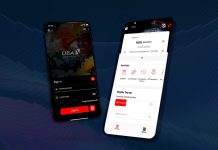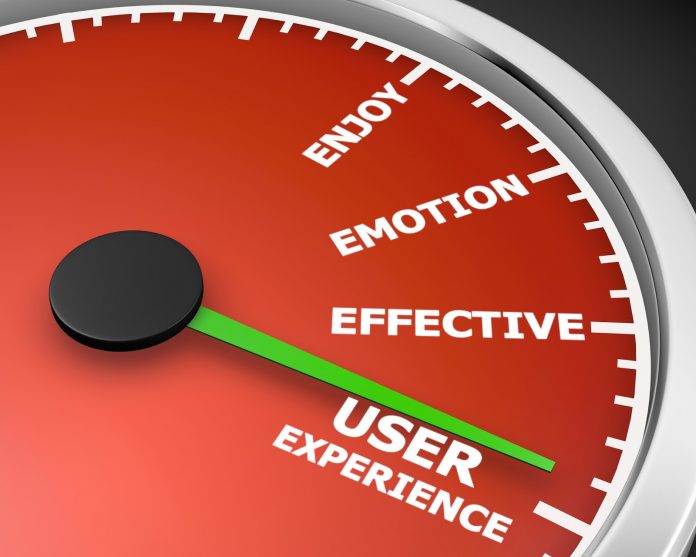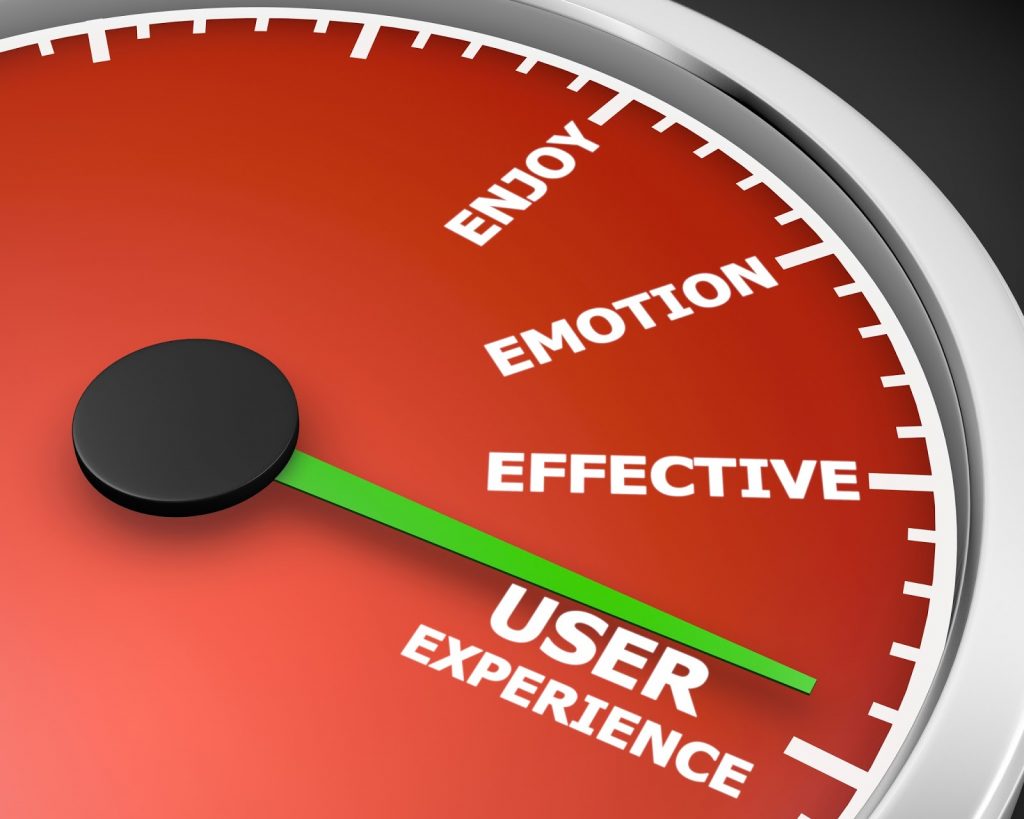By Ola
Babs-Olugbemi
Babs-Olugbemi
What makes a bank the customers’
preference in an industry where the products and services offered are
essentially the same?
preference in an industry where the products and services offered are
essentially the same?
Hayler and Nichols in their book, Six Sigma for Financial Services
claimed that banks that take a more holistic view of the customer and provide a
consistent customer experience across channels have a great competitive
advantage over others. As true as this might be, the focus on the customer
makes it restrictive, in my opinion. To be truly different in a competitive
market, the focus should rather be on the consumer. So, is there any difference
between a consumer and a customer?
claimed that banks that take a more holistic view of the customer and provide a
consistent customer experience across channels have a great competitive
advantage over others. As true as this might be, the focus on the customer
makes it restrictive, in my opinion. To be truly different in a competitive
market, the focus should rather be on the consumer. So, is there any difference
between a consumer and a customer?
The Customer is a person or organization that buys something from a
business. The Consumer is a person that buys and uses goods or services. It is
common for banks to classify consumers as customers and place value on them by
the volume of transactions they do. Bankers have given express attention to
segments with huge potentials for income, regular transactions or the so called
“big-ticket transactions.” Howbeit, behind every transaction be it in the
corporate or commercial play is a consumer – the end user who uses the services
directly or who is impacted by it.
business. The Consumer is a person that buys and uses goods or services. It is
common for banks to classify consumers as customers and place value on them by
the volume of transactions they do. Bankers have given express attention to
segments with huge potentials for income, regular transactions or the so called
“big-ticket transactions.” Howbeit, behind every transaction be it in the
corporate or commercial play is a consumer – the end user who uses the services
directly or who is impacted by it.
Consumer-centric approach to banking is about taking consumer
insights and ensuring that the brand act on them, and deliver products and
services to focus on those insights. In line with this, having a consumer
approach to banking service will create enduring experiences for all the
stakeholders. Believing, there is someone with feelings waiting at the end of
every process will increase the efficiency and effectiveness of our product and
service delivery. Organizations that adopt consumerism in their processes tend
to create world-class customer experiences. There is the tendency to be more
effective and efficient in delivering value across the business if consumer
thinking is behind our actions.
insights and ensuring that the brand act on them, and deliver products and
services to focus on those insights. In line with this, having a consumer
approach to banking service will create enduring experiences for all the
stakeholders. Believing, there is someone with feelings waiting at the end of
every process will increase the efficiency and effectiveness of our product and
service delivery. Organizations that adopt consumerism in their processes tend
to create world-class customer experiences. There is the tendency to be more
effective and efficient in delivering value across the business if consumer
thinking is behind our actions.
How do we as a bank enhance our consumer experience? It is by making
the consumer the essence of our products, processes and service delivery
through value oriented chain of activities. A consumer thinking approach for
products, processes, brand, control and people will go a long way to improve
brand visibility and acceptance.
the consumer the essence of our products, processes and service delivery
through value oriented chain of activities. A consumer thinking approach for
products, processes, brand, control and people will go a long way to improve
brand visibility and acceptance.
Product Management: All
products pass through a life cycle. Product Managers must therefore be aware of
the product’s cycle and do further portfolio analysis to influence sales and
penetration strategies. The BCG Matrix by Bruce Henderson is a useful tool for
product market share and growth rate analysis. Is your product a cash-cow, a
dog or a problem child? The knowledge of the product matrix, life cycle,
competition and market peculiarity must be used to determine the direction of
our product offerings by the bank. It is needless to offer products of any type
outside the market acceptance.
products pass through a life cycle. Product Managers must therefore be aware of
the product’s cycle and do further portfolio analysis to influence sales and
penetration strategies. The BCG Matrix by Bruce Henderson is a useful tool for
product market share and growth rate analysis. Is your product a cash-cow, a
dog or a problem child? The knowledge of the product matrix, life cycle,
competition and market peculiarity must be used to determine the direction of
our product offerings by the bank. It is needless to offer products of any type
outside the market acceptance.
Process Management: Process
gives life to product offerings. It is the vehicle through which the benefits
of products are conveyed to the consumers. A good product with a slow delivery
process will irritate the consumers in the long run. Process Managers should be
concerned about turnaround time and quality execution. Process Leadership,
Knowledge and Execution are essential parts of process management that supports
products. All Process Managers must regularly improve their processes with the
use of six sigma and lean initiatives. Process Waste must be eliminated to meet
the ever-changing consumer expectations.
gives life to product offerings. It is the vehicle through which the benefits
of products are conveyed to the consumers. A good product with a slow delivery
process will irritate the consumers in the long run. Process Managers should be
concerned about turnaround time and quality execution. Process Leadership,
Knowledge and Execution are essential parts of process management that supports
products. All Process Managers must regularly improve their processes with the
use of six sigma and lean initiatives. Process Waste must be eliminated to meet
the ever-changing consumer expectations.
Control Management: Controls
are to protect assets and enhance business. Where business is inhibited by
controls, the asset’s value is eroded. The most enduring business assets are
its consumers. What should a control owner do? To balance business and control
requires the identification of the business risk, process risk and other risks.
It is a problem when controls objective is set to eliminate business risk
rather than minimize the risk. Control Managers in consumer-centric entity must
be in tune with the changing business environment and proactively develop
measures to enhance business and reduce its risk. A good understanding of the
business is a must for control owners to manage risk and not avoiding risk. It
is our duties to proffer risk mitigating measures for every worthwhile business
opportunity within the set appetite.
are to protect assets and enhance business. Where business is inhibited by
controls, the asset’s value is eroded. The most enduring business assets are
its consumers. What should a control owner do? To balance business and control
requires the identification of the business risk, process risk and other risks.
It is a problem when controls objective is set to eliminate business risk
rather than minimize the risk. Control Managers in consumer-centric entity must
be in tune with the changing business environment and proactively develop
measures to enhance business and reduce its risk. A good understanding of the
business is a must for control owners to manage risk and not avoiding risk. It
is our duties to proffer risk mitigating measures for every worthwhile business
opportunity within the set appetite.
Brand Management: The start of
effective brand management is the people’s management. Within the brand are the
leadership and the organization’s culture. To improve our brand is a duty call
for all the Lions and Lioness. It begins with you! It starts with our internal
values and communications, which have enormous influences on our people,
products, process and controls.
effective brand management is the people’s management. Within the brand are the
leadership and the organization’s culture. To improve our brand is a duty call
for all the Lions and Lioness. It begins with you! It starts with our internal
values and communications, which have enormous influences on our people,
products, process and controls.
The journey to industry leadership is a journey for all. It is
essential we reinvigorate our entrepreneurial spirit and reflect the new
passion in our products, processes, control and brand management. The Lion and
Lioness can do it, and we will do it repeatedly.
essential we reinvigorate our entrepreneurial spirit and reflect the new
passion in our products, processes, control and brand management. The Lion and
Lioness can do it, and we will do it repeatedly.



























